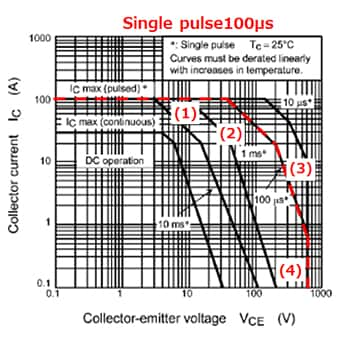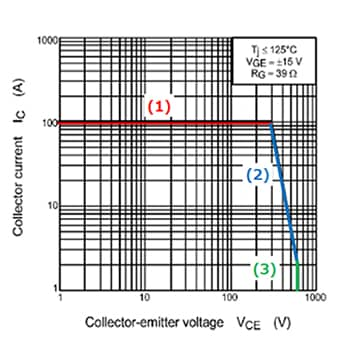- 半導體首頁
-
應用Automotive
Body Electronics
xEV
In-Vehicle Infotainment
Advanced Driver-Assistance Systems (ADAS)
Chassis
IndustrialInfrastructure
BEMS/HEMS
Factory Automation
Commercial Equipment
Consumer/PersonalIoT Equipment
Healthcare
Wearable Device
Mobile
Computer Peripherals
-
產品車用元件
Discrete Semiconductor
Diodes
電晶體
通用邏輯IC
Analog Devices
Digital Devices
Wireless Devices
※
: Products list (parametric search)
功率半導體※
: Products list (parametric search)
隔離器/固態繼電器Photocouplers
Digital Isolators
※
: Products list (parametric search)
MOSFETsIGBTs/IEGTs雙極性電晶體※
: Products list (parametric search)
Diodes※
: Products list (parametric search)
微控制器馬達驅動 ICs智能功率 ICs※
: Products list (parametric search)
電源管理 ICs線性 ICs※
: Products list (parametric search)
通用邏輯 ICs線性影像感測器其他產品其他產品
※
: Products list (parametric search)
-
開發/設計支援
開發 / 設計支援
-
技術知識
- 購買管道
- 型號 & 關鍵字搜尋
- 交叉搜尋
- 參數搜尋
- 線上庫存查詢跟購買
This webpage doesn't work with Internet Explorer. Please use the latest version of Google Chrome, Microsoft Edge, Mozilla Firefox or Safari.
型號需要超過三個文字以上 Search for multiple part numbers fromhere.
The information presented in this cross reference is based on TOSHIBA's selection criteria and should be treated as a suggestion only. Please carefully review the latest versions of all relevant information on the TOSHIBA products, including without limitation data sheets and validate all operating parameters of the TOSHIBA products to ensure that the suggested TOSHIBA products are truly compatible with your design and application.Please note that this cross reference is based on TOSHIBA's estimate of compatibility with other manufacturers' products, based on other manufacturers' published data, at the time the data was collected.TOSHIBA is not responsible for any incorrect or incomplete information. Information is subject to change at any time without notice.
型號需要超過三個文字以上
What is a safe operating area?
The safe operating area (SOA) is defined as the current and voltage conditions over which an IGBT can be expected to operate without self-damage or degradation. In practice, it is necessary not only to use an IGBT within the safe operating area but also to derate its area for temperature. There are forward-bias and reverse-bias safe operating areas (FBSOA and RBSOA). The forward-bias safe operating area defines the usable current and voltage conditions for the period of time while the IGBT is on. The reverse-bias safe operating area defines the usable current and voltage conditions during the turn-off period of the IGBT.
Figure (a) shows an example of a forward-bias safe operating area, which consists of four regions: (1) a region limited by the maximum collector current rating, (2) a region limited by collector power dissipation (thermal breakdown), (3) a region limited by secondary breakdown, and (4) a region limited by the maximum collector-emitter voltage rating. Care should be exercised as to the region limited by secondary breakdown because it differs, depending on the device design.
Figure (b) shows an example of a reverse-bias safe operating area, which consists of three regions: (1) a region limited by the maximum collector current rating (ICP), (2) a region limited by the inherent characteristics of a device, and (3) a region limited by the maximum collector-emitter voltage rating (VCES). In the second region, the maximum current is in inverse proportion to VCE. Hard-switching applications, in particular, should be designed so as to satisfy the limit of this SOA region.



